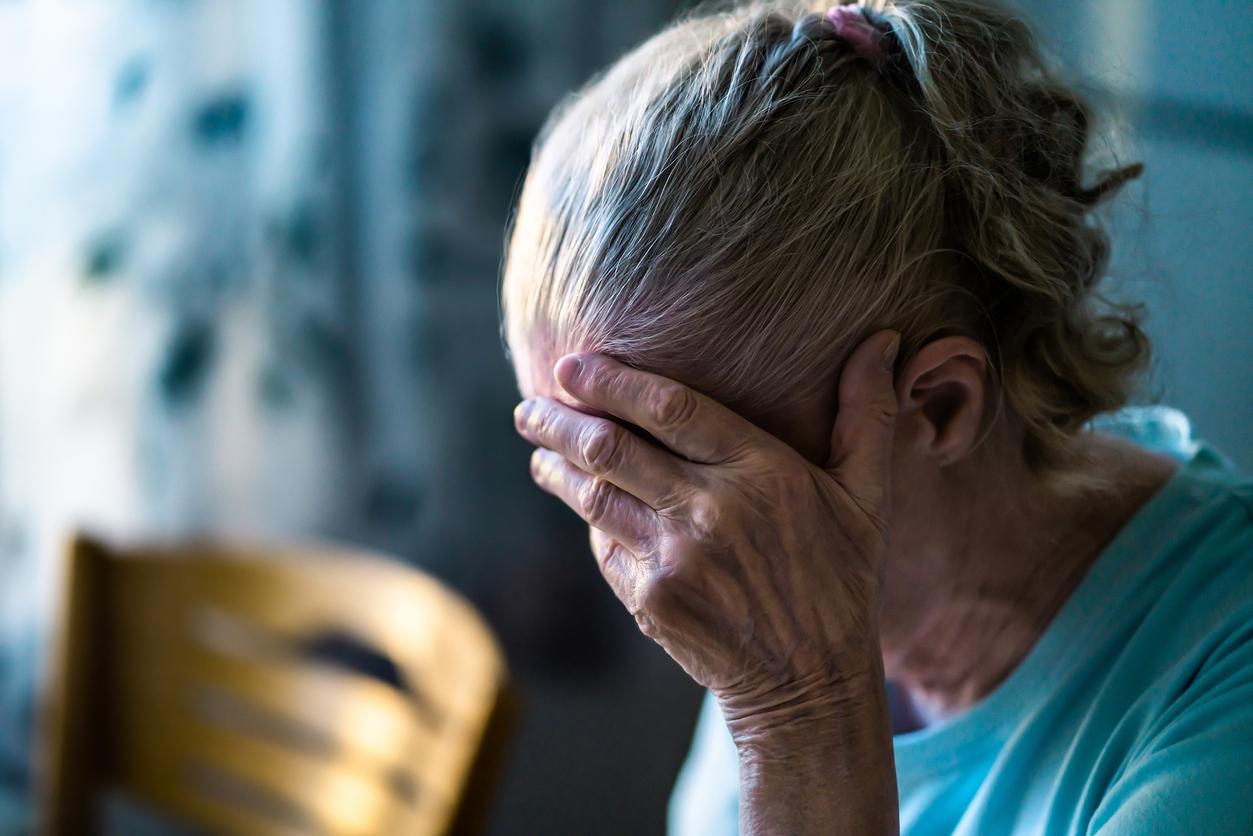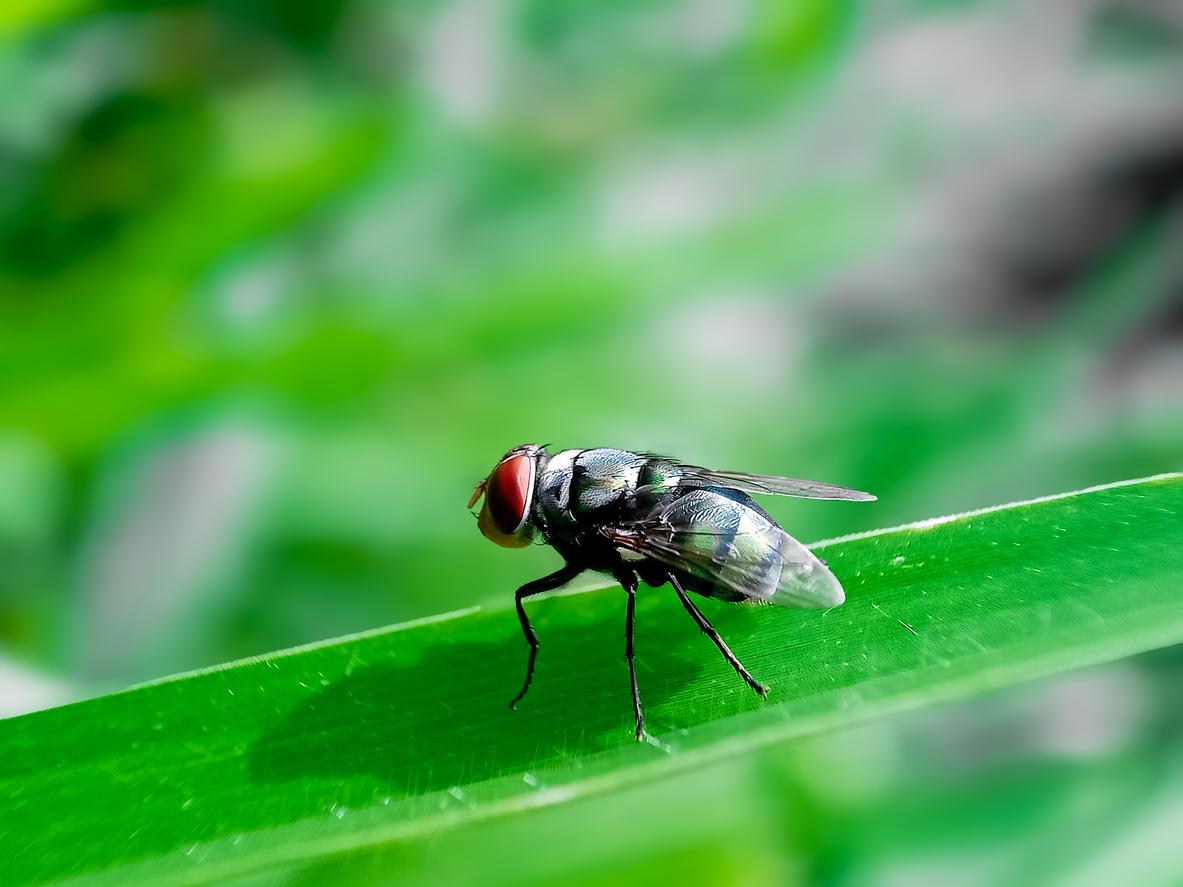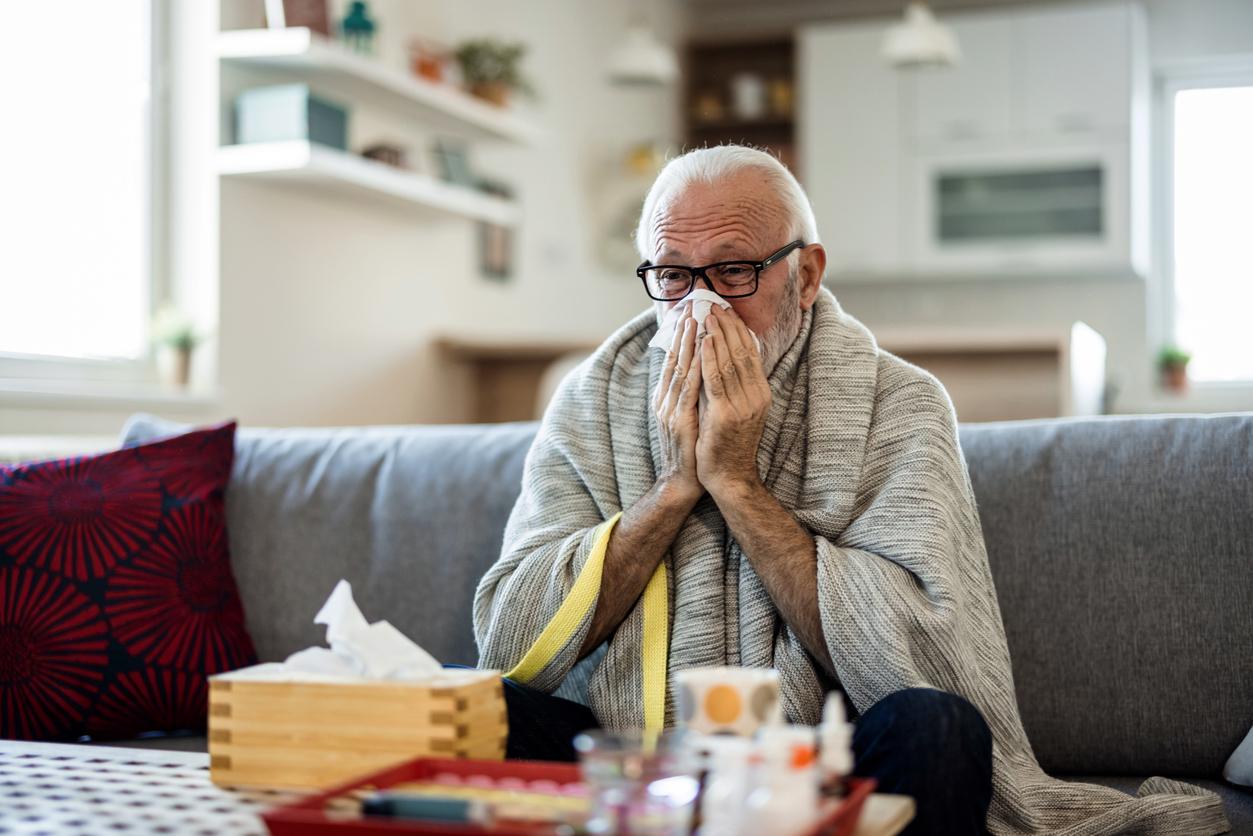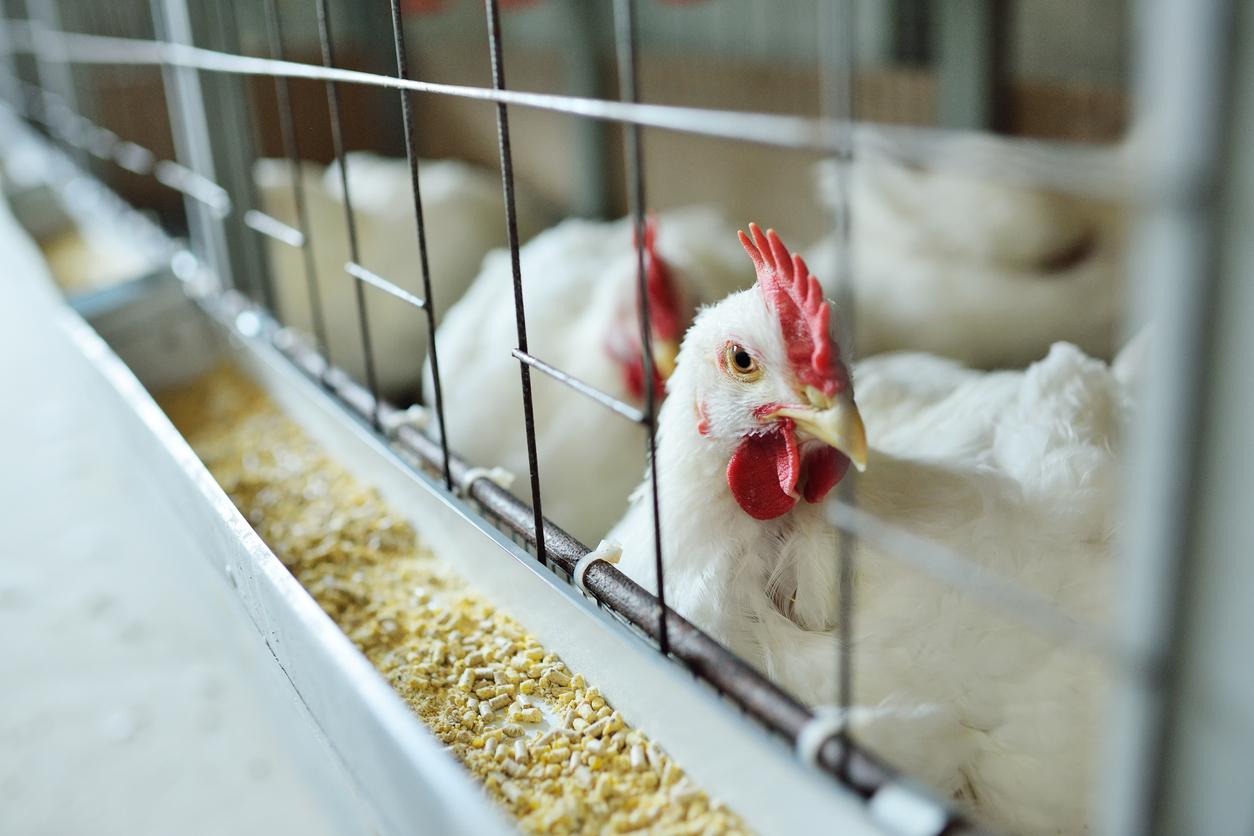In the United States, doctors performed for the first time a double lung transplant on a young Covid-19 patient whose organs had been completely destroyed by the disease. The patient is doing well but is currently on a ventilator while she regains her strength.
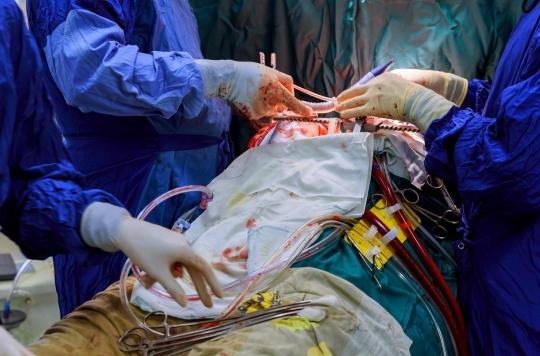
- In the United States, doctors have succeeded for the first time in a double lung transplant.
- The patient, in her twenties, was sick with coronavirus.
- SARS-CoV-2 had destroyed his lungs “irreversibly”, the doctors reported.
The very first double lung transplant was performed in 1986 in Canada, in Toronto. In March, Chinese doctors performed this operation on a woman in her sixties. It is now up to the Americans to achieve this feat. In the United States, doctors have just, for the first time, successfully performed this operation on a young patient whose lungs had been irreversibly destroyed by the coronavirus. The latter is now conscious and in good health, even if she is still on a ventilator. She will likely remain intubated for several weeks while she regains her strength.
The patient, who prefers to remain anonymous, is a Hispanic woman in her twenties living in Chicago. She was always healthy until she caught Covid-19 this winter. She then spent six weeks in intensive care at Northwestern Hospital in Chicago, intubated by an artificial respirator and connected to an ECMO machine, which replaces the heart and lungs to oxygenate and circulate blood in the body.
Large holes appeared in his left lung, raising fears of a bacterial infection. “His lungs showed no signs of recovery, they had even started to develop end-stage fibrosis.”, testifies Ankit Bharat, head of thoracic surgery at Northwestern Hospital in Chicago to AFP. The phenomenon is extremely rare in someone so young.
“This success shows that this type of transplant is possible and safe”
The situation is such that it requires an emergency double transplant. However, it is necessary to wait for the patient to recover from Covid-19 and for her organs to regain sufficient functioning, so that she has a realistic chance of surviving the operation. Once the patient has tested negative for the coronavirus, the operation is set up. It takes place on June 5 and turns out to be “very difficult”. Indeed, the lungs are “stuck” to the surrounding structures of the body and therefore very complicated to remove, so much so that the surgery lasts ten hours. “We often had to react very quickly, day and night, to help her with oxygen and support her other organs so that she could withstand the transplant.”Northwestern critical care physician Beth Malsin told AFP.
Today, the patient is doing well. She was even able to see her family on a video call but remains on a ventilator. “This success shows that this type of transplant is possible and saferejoices Ankit Bharat. I very much hope that we can operate on more and more patients who today are stuck on life support because their lungs have been permanently destroyed.”, he declares.
In the United States, patients normally wait three to six months for a lung transplant. Unfortunately, 85% of candidate lungs for donation are of poor quality. However, new techniques could change this, hopes Dr. Bharat. “If more patients need a transplant, we will find a solution”he assures.
Extremely rare damage in such a young person
This is indeed likely to be the case in the United States, the country most affected in the world by SARS-CoV-2, which is particularly dangerous for the lungs. In March, a study published in the Journal of Travelmedicine showed why susceptible patients, often seniors, developed potentially fatal viral pneumonia after about ten days of incubation.
SARS beta coronaviruses, SARS-CoV, which caused the SARS (severe acute respiratory syndrome) epidemic in 2003 and the new SARS-CoV-2, bind to angiotensin converting enzyme receptors 2 (ACE2) in the lower airways of sick patients, to enter their lungs, explained the researchers.
“Angiotensin converting enzyme (ACE) inhibitors and angiotensin receptor blockers (ARA-II) are highly recommended medications for patients with cardiovascular diseases including heart attacks, hypertension , diabetes and chronic kidney disease, to name a few”, said Dr. James Diaz, professor and director of environmental health sciences at LSU Health New Orleans School of Public Health in the United States. However, many of the patients taking these treatments are elderly.
However, irreversible damage like that seen in the transplant patient in the United States is extremely rare at such a young age. “How does a healthy woman in her twenties come to this?asks Rade Tomic, pulmonologist at Northwestern. We still have so much to learn about Covid-19”he concludes.

.








